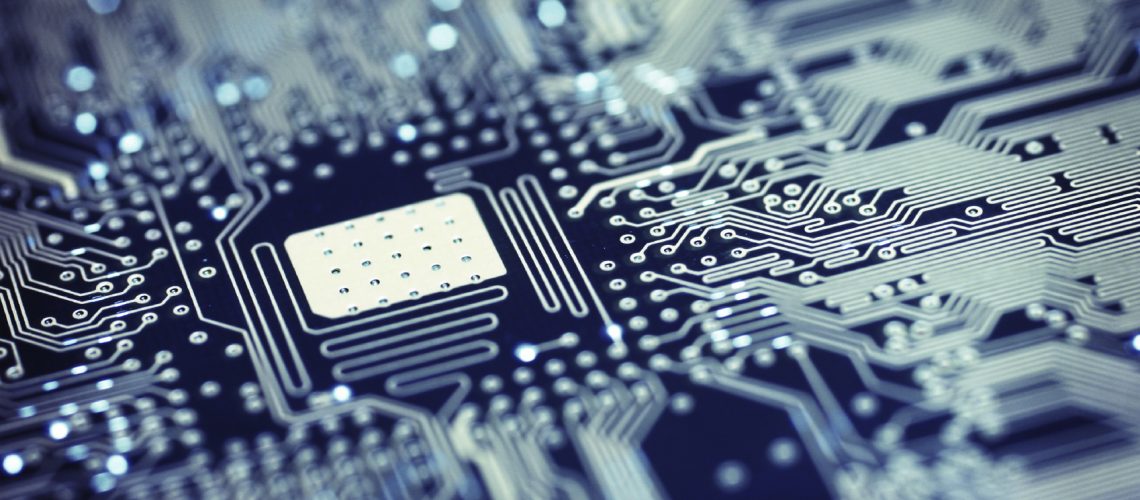Technology gadgets for cyber spying are gaining immense popularity in the world of technology. Cyber spying is a branch of security risk management, which entails taking measures to monitor, control or prevent any damage (known as attacks) on networks, computer software and data. While the field is rapidly progressing due to significant developments in hardware, software, firmware and network protocols, it is a delicate area that can be very sensitive. This is because a single mistake by a security expert or an inexperienced user can make the entire system vulnerable to attack.
A recent case highlighted the seriousness of the issue when hackers managed to obtain the personal information of an individual using his credit card number at a grocery store. The hacker then used the information to make online purchases, dispense coupons and cash loans. This act resulted in a loss of more than $100 million to a company. While this was an extreme example of cyber crime, it serves to illustrate the potential risk of careless or unknowing internet users making keystrokes without properly hitting the enter key. The potential damage is therefore far reaching and may involve company, customer or employee information. While some forms of security threats are password based, there are several other types of data that are prone to hacking.
Personal security is a major concern for businesses and consumers alike. Corporate and personal information is considered a trade secret or asset, which represents a substantial investment value. Therefore, strict security procedures must be followed. The threat of identity theft is a daily concern for all corporations and individuals alike, and there are specific measures that must be taken to protect personal information.
Hackers can easily get hold of personal data by posing as an employee or representative of a company. They can also use a dummy identity such as a person with the same name as a current employee, to gain access to vital information. Another common method is to create a new e-mail address using the name of a victim and then attempting to open a bank account using this new e-mails. Other methods include stealing information from credit cards, online transactions, or remotely controlling a computer.
Tech gadgets, like the iPhone or other high tech mobile devices, contain sensitive personal information that is extremely important to the owner. Because of this, they need to be used cautiously and should only be used in the safest of situations. In addition to having a unique user name and password, most gadgets are protected by encryption technology that secures the information stored within. This encryption is usually quite strong, making it difficult for would-be hackers to break down security measures.
Many consumers feel that a security risk is only an issue when their phone or device gets lost or stolen. However, this can also apply to data found on a laptop, desktop, or other peripheral device. Many of these devices are taken in for repair or replacement after exposure to damage, such as water. When these devices are returned to consumers, they often do not have all of the information stored on them. This makes it possible for hackers to access personal information that has been safely removed from the device.
